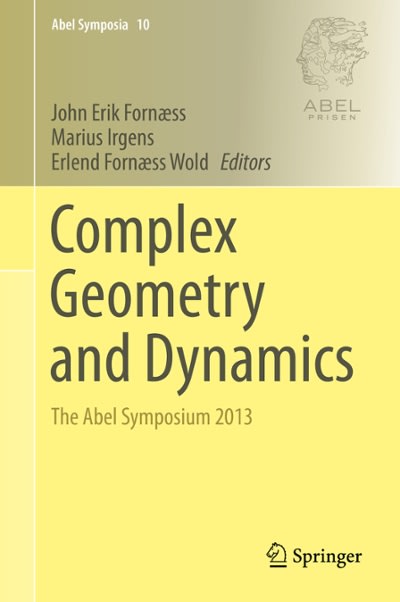Multiple Choice
AP1.3 A large set of test scores has mean 60 and standard deviation 18. If each score is doubled, and then 5 is AP1.6 The figure shows a Normal density curve. Which subtracted from the result, the mean and standard of the following gives the best estimates for the deviation of the new scores are mean and standard deviation of this Normal (a) mean 115 and standard deviation 31. distribution? (b) mean 115 and standard deviation 36. (c) mean 120 and standard deviation 6. (d) mean 120 and standard deviation 31. (e) mean 120 and standard deviation 36. AP1.4 For a certain experiment, the available experiment tal units are eight rats, of which four are female (F1, F2, F3, F4) and four are male (MI, M2, M3, M4). There are to be four treatment groups, A, B, C, and D. If a randomized block design is used, 50 100 150 200 250 300 350 400 with the experimental units blocked by gender, which of the following assignments of treatments is impossible? (a) H = 200, 0 = 50 (a) A - (FI, MI), B - (F2, M2), C - (F3, M3), (b) M = 200, 0 = 25 D - (F4, M4 ) (c) u= 225, 0=50 (b) A - (F1, M2), B - (F2, M3), C - (F3, M4), (d) 1 = 225, 0=25 D - (F4, MI) (e) 1 = 225, 0=275 c) A - (FI, M2), B - (F3, F2), C - (F4, MI), AP1.7 The owner of a chain of supermarkets notices that D - (M3, M4) there is a positive correlation between the sales of (d) A - (F4, MI), B - (F2, M3), C - (F3, M2), beer and the sales of ice cream over the course of D - (F1, M4) the previous year. During seasons when sales of beer were above average, sales of ice cream also (e) A - (F4, MI), B - (F1, M4), C - (F3, M2), tended to be above average. Likewise, during sea- D - (F2, M3) sons when sales of beer were below average, sales of AP1.5 For a biology project, you measure the weight in ice cream also tended to be below average. Which of the following would be a valid conclusion from grams (g) and the tail length in millimeters (mm) these facts? of a group of mice. The equation of the least-squares line for predicting tail length from weight is (a) Sales records must be in error. There should be no association between beer and ice cream sales. predicted tail length = 20 + 3 x weight (b) Evidently, for a significant proportion of customers of these supermarkets, drinking beer causes a desire for Which of the following is not correct? ice cream or eating ice cream causes a thirst for beer. (a) The slope is 3, which indicates that a mouse's predicted (c) A scatterplot of monthly ice cream sales versus tail length should increase by about 3 mm for each monthly beer sales would show that a straight line additional gram of weight. describes the pattern in the plot, but it would have to (b) The predicted tail length of a mouse that weighs be a horizontal line. 38 grams is 134 millimeters. (d) There is a clear negative association between beer sales and ice cream sales. (c) By looking at the equation of the least-squares line, you can see that the correlation between weight and tail (e) The positive correlation is most likely a result of the variable temperature; that is, as temperatures increase, length is positive. so do both beer sales and ice cream sales. (d) If you had measured the tail length in centimeters instead of millimeters, the slope of the regression line would have been 3/10 = 0.3. (e) Mice that have a weight of 0 grams will have a tail of length 20 mm







